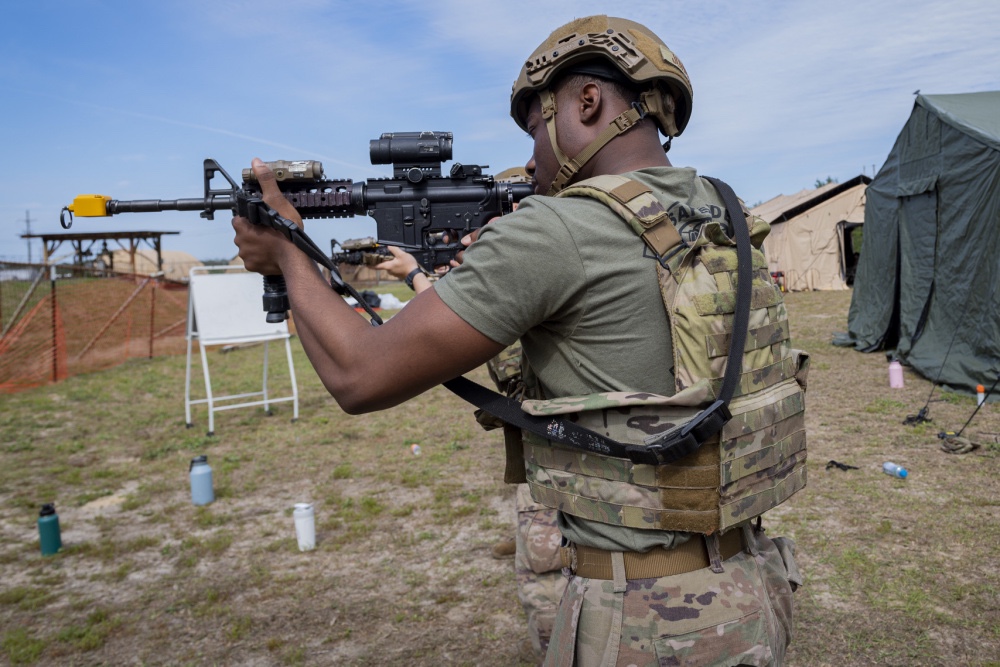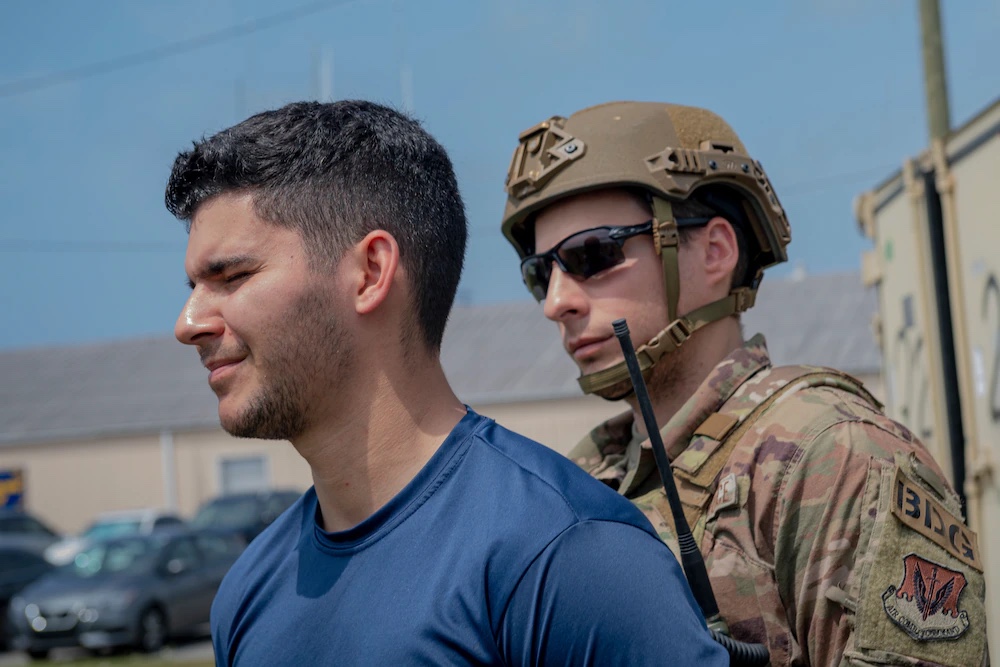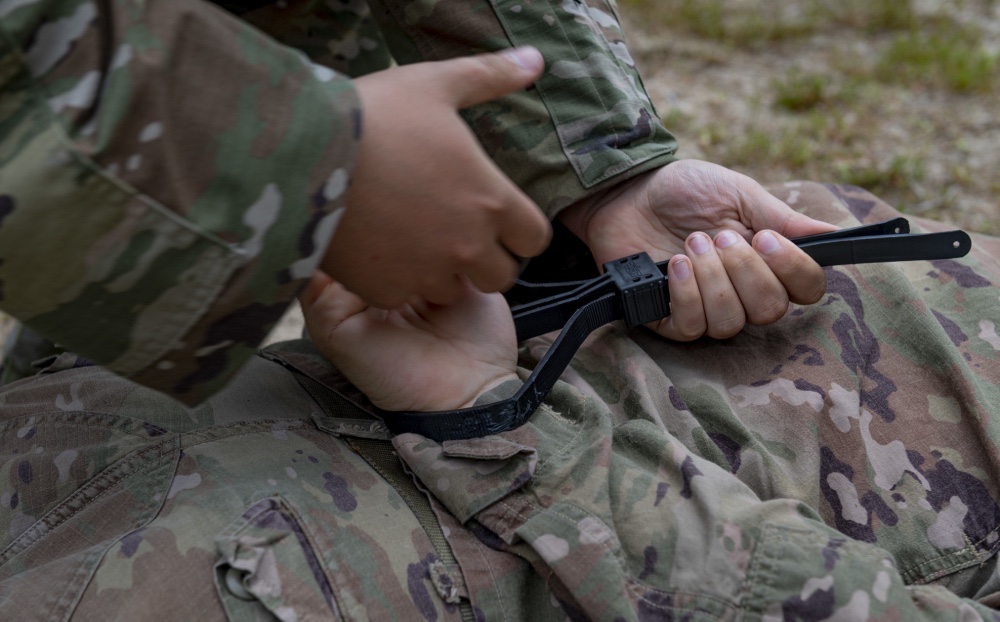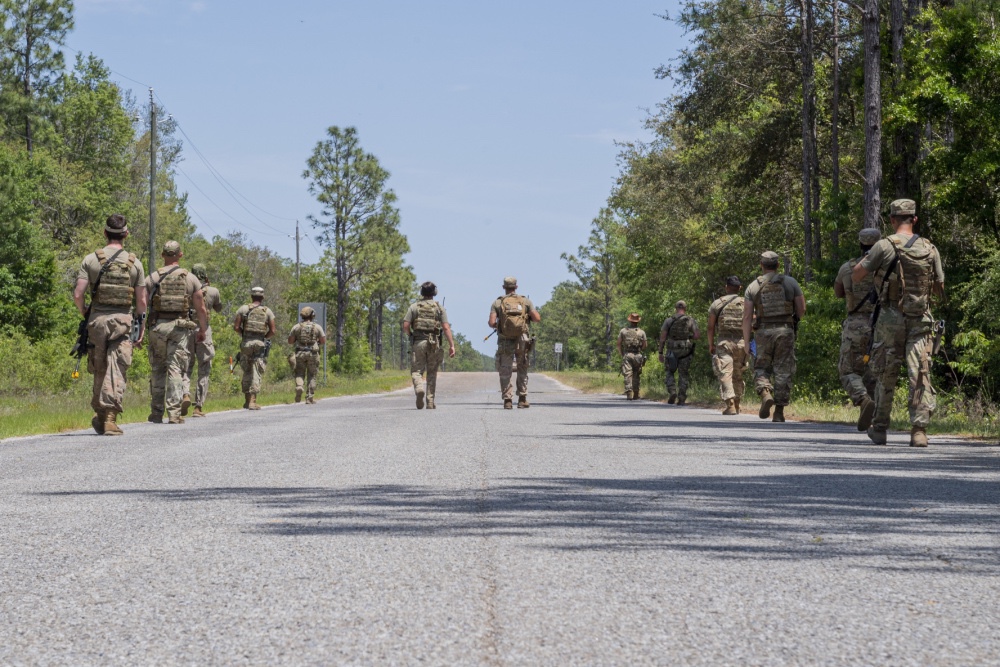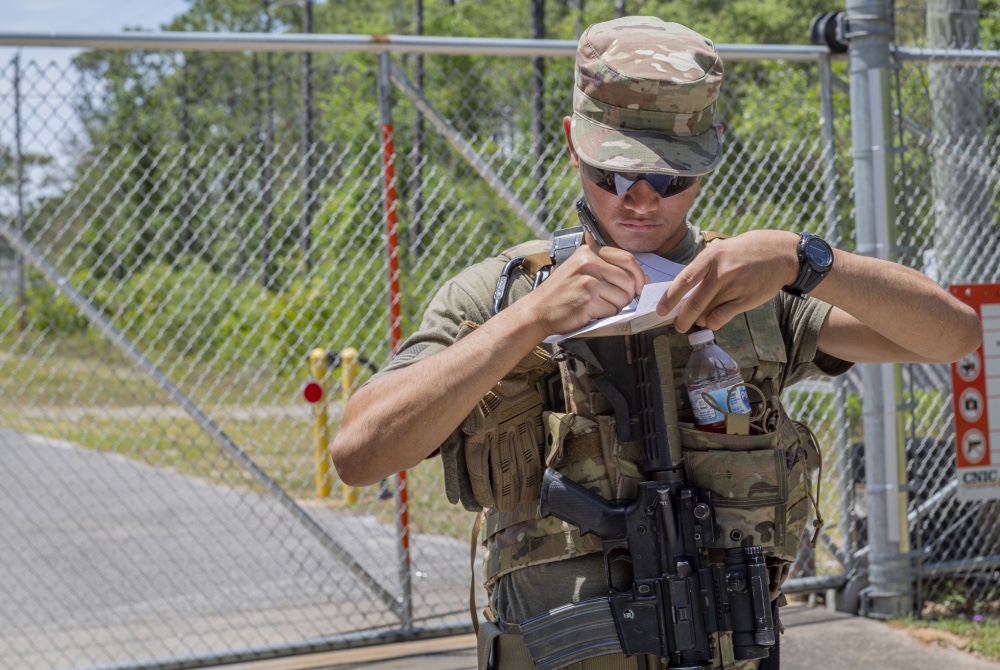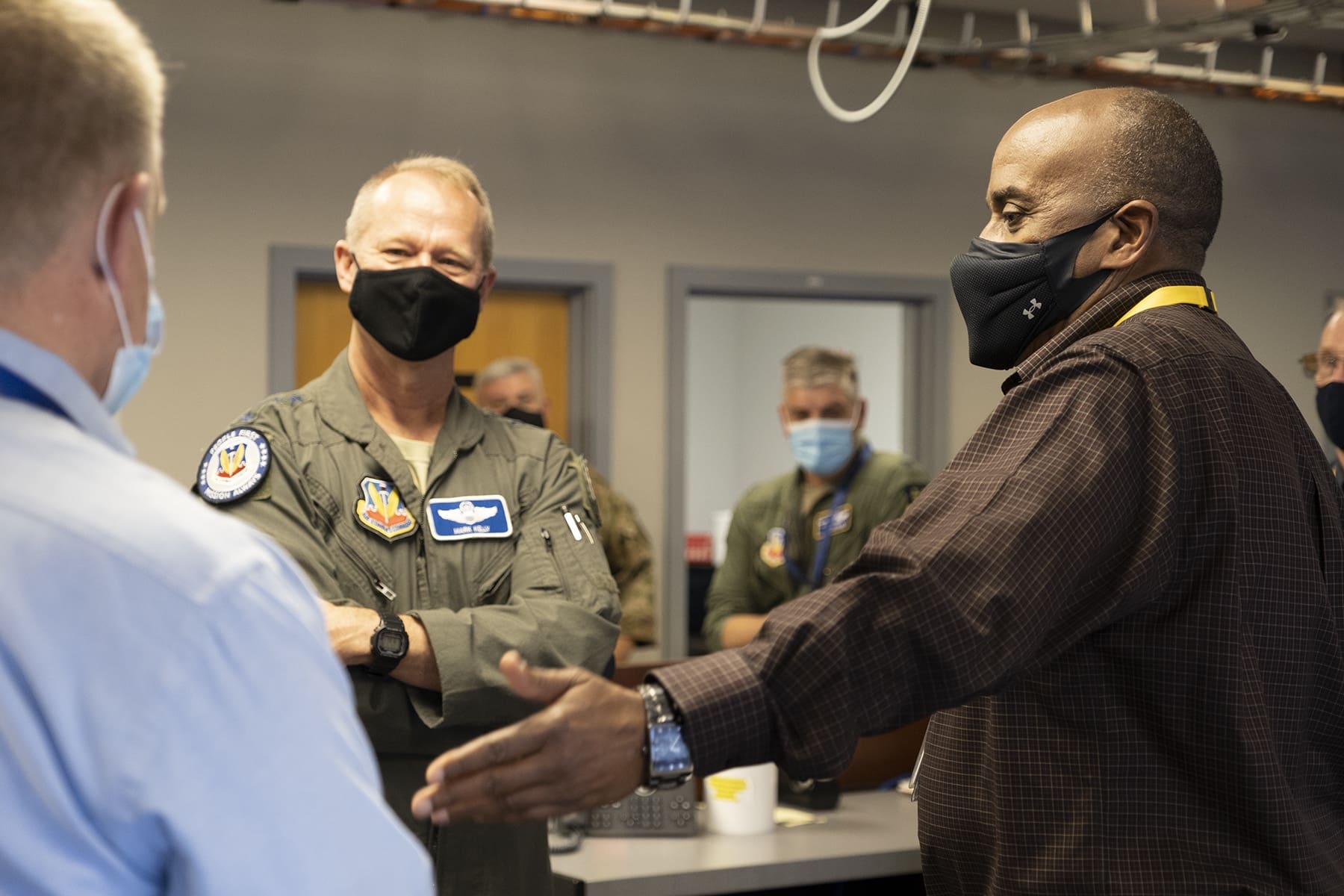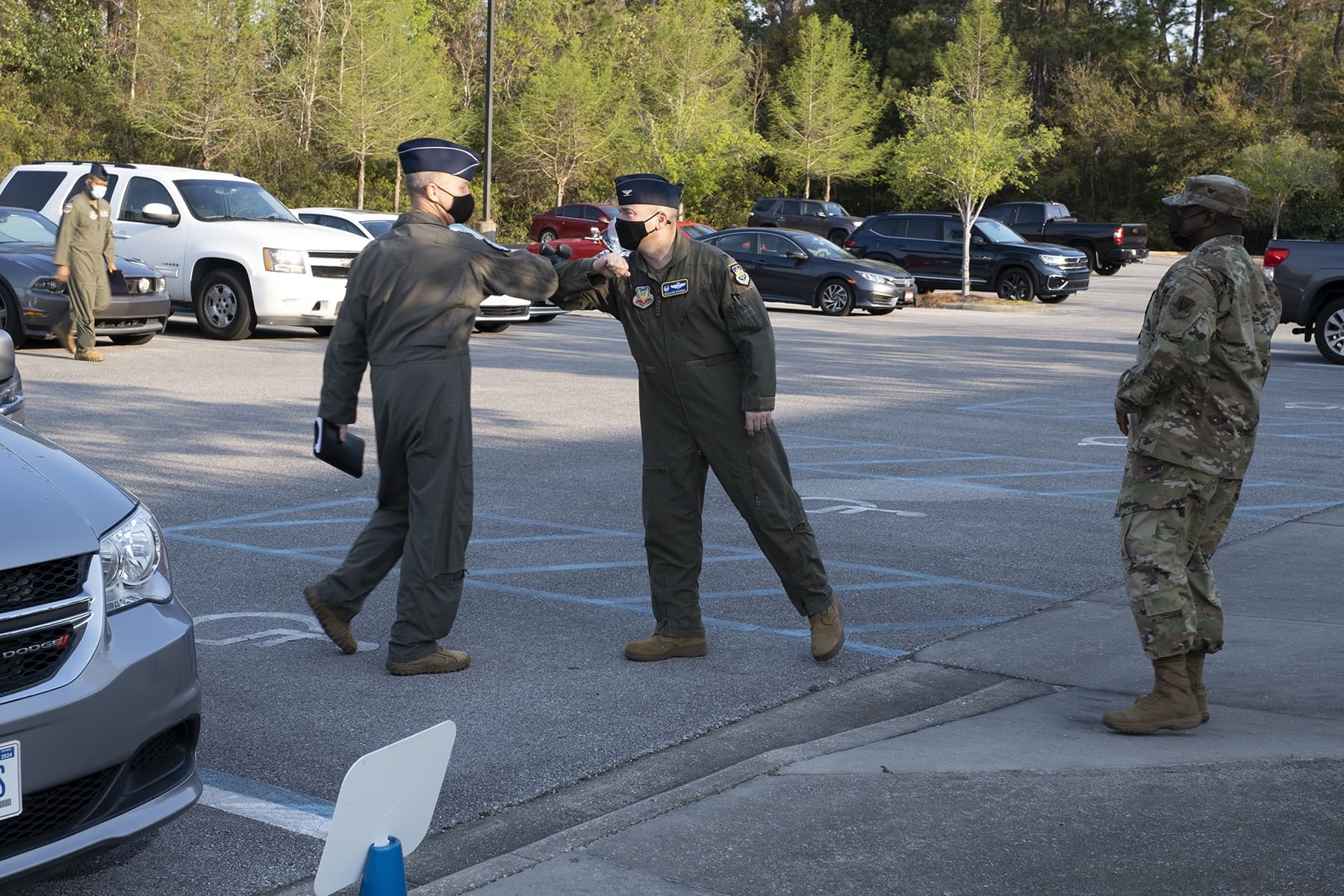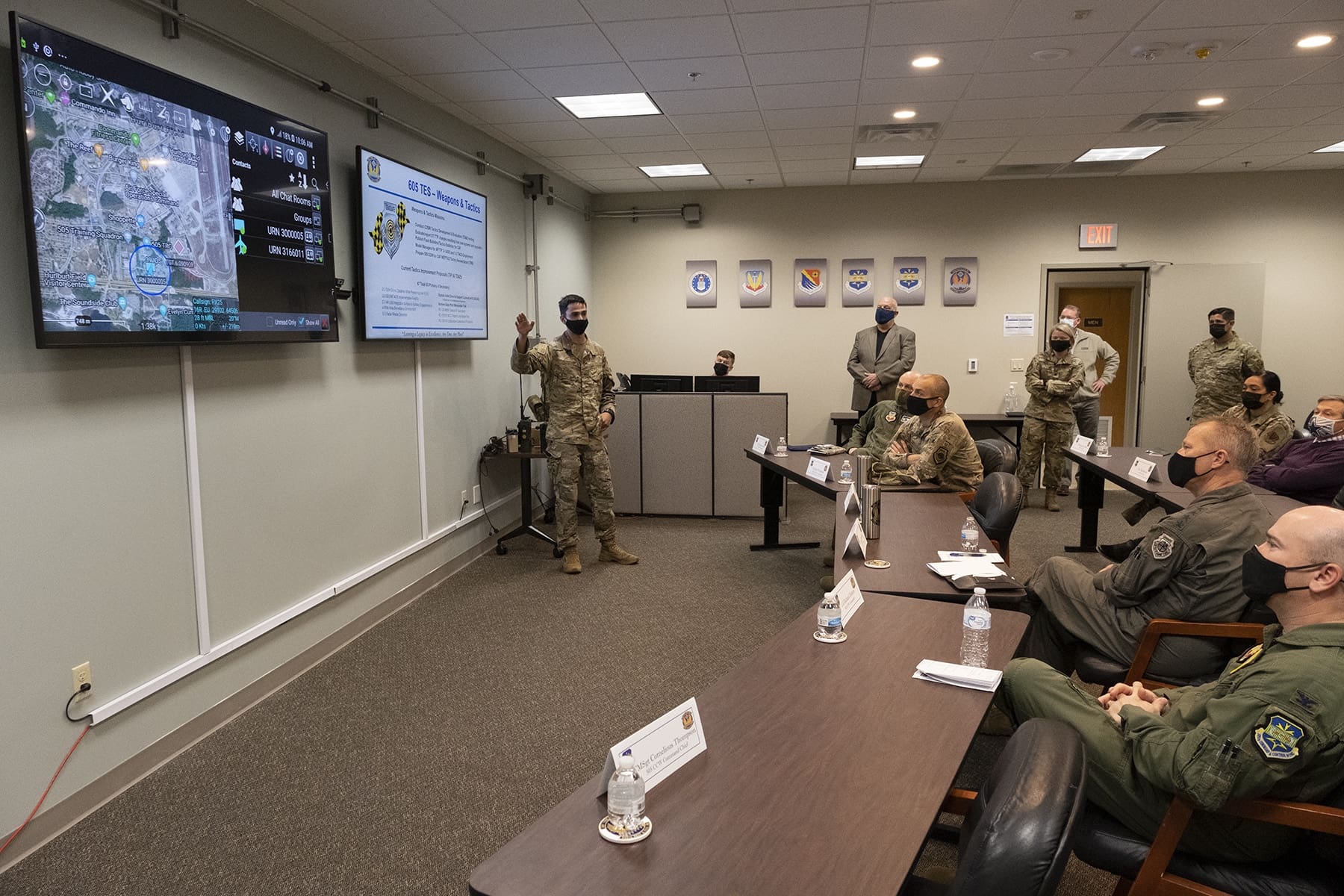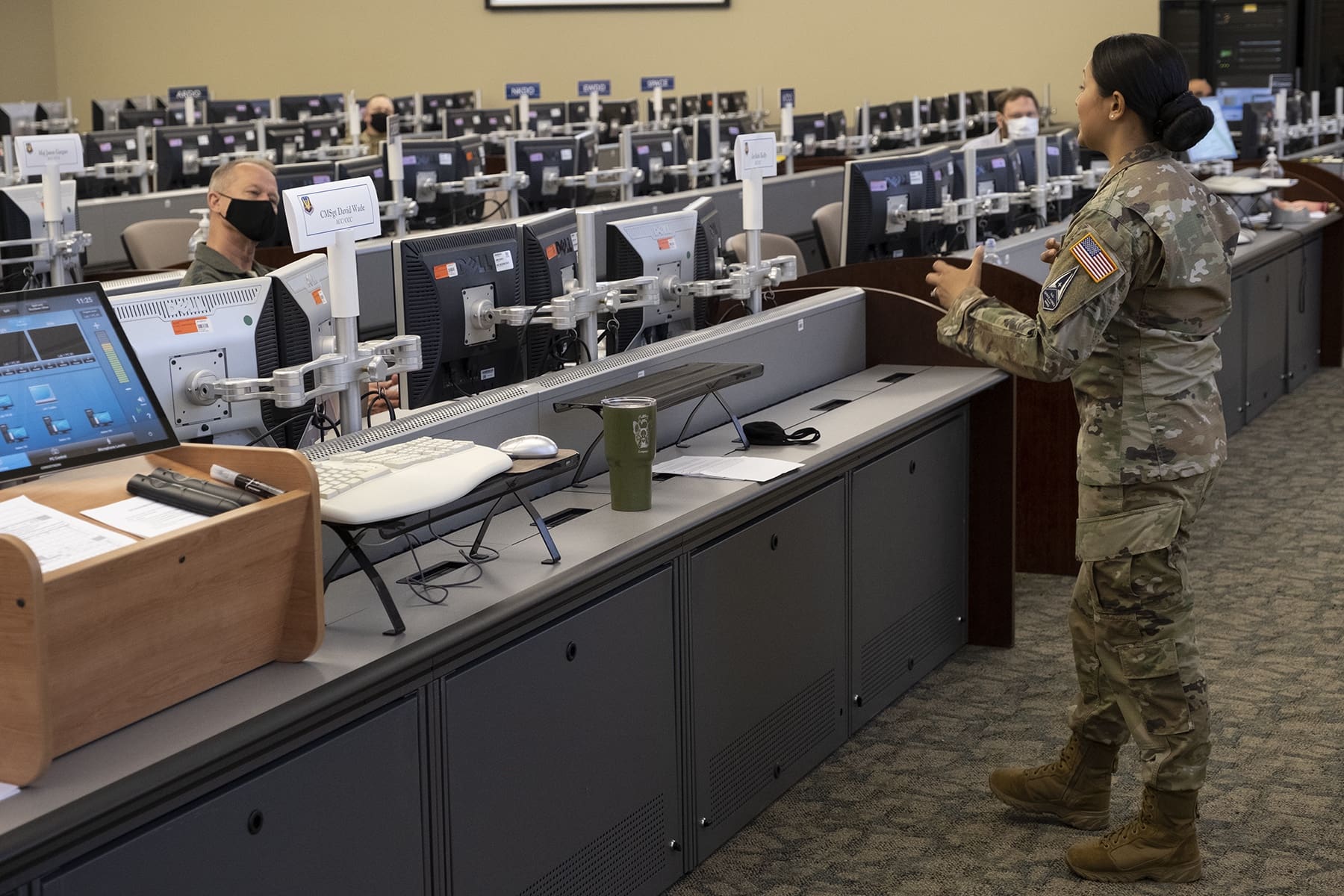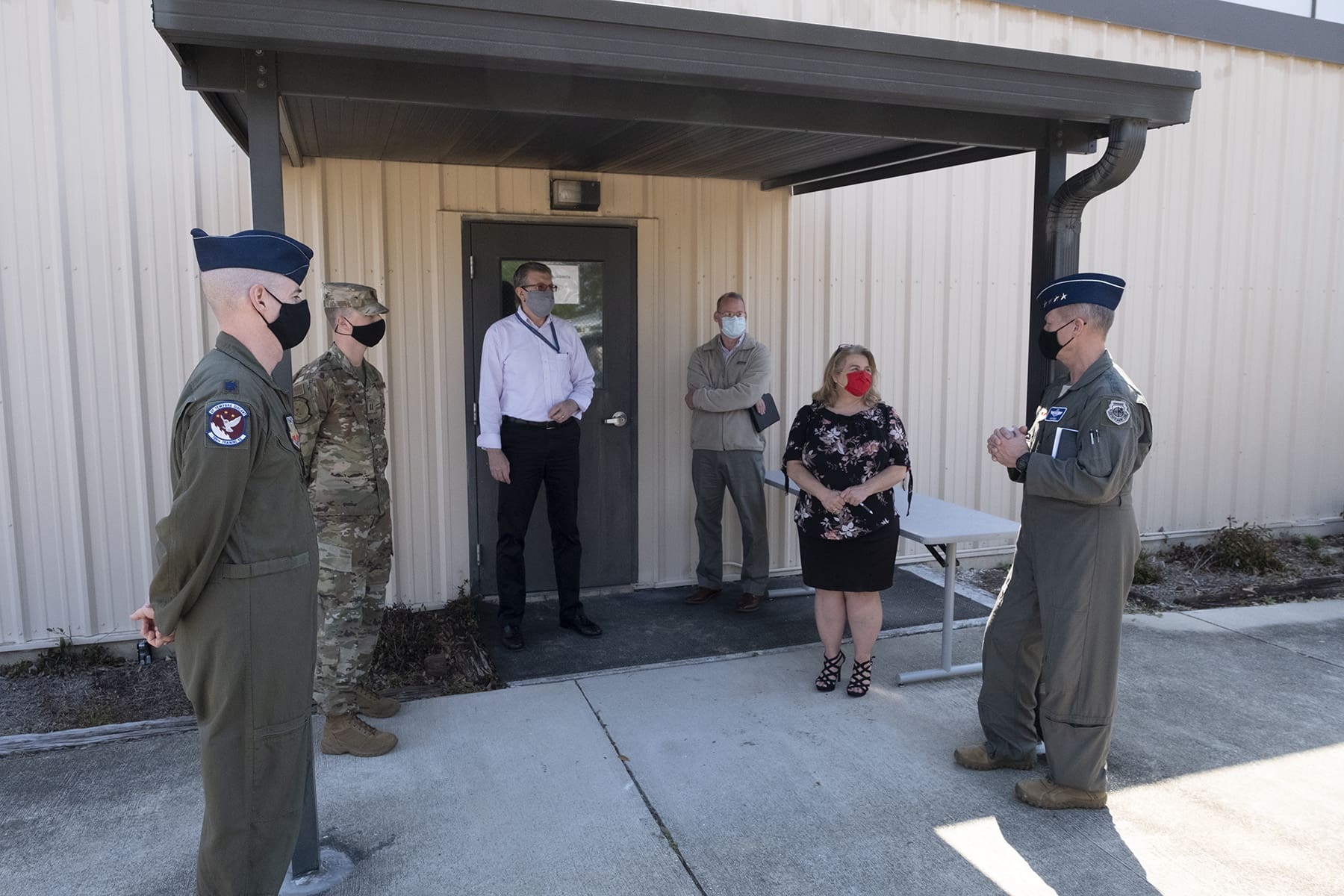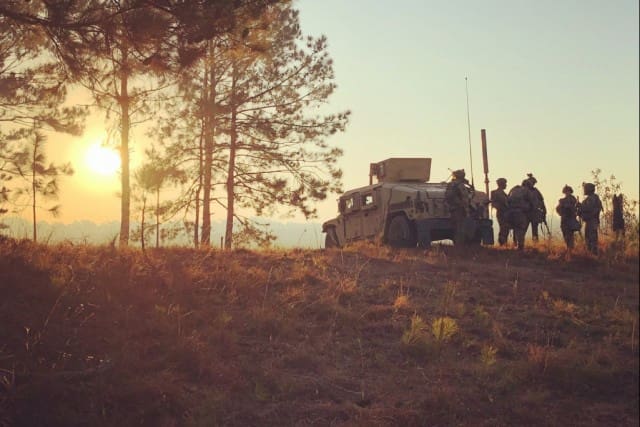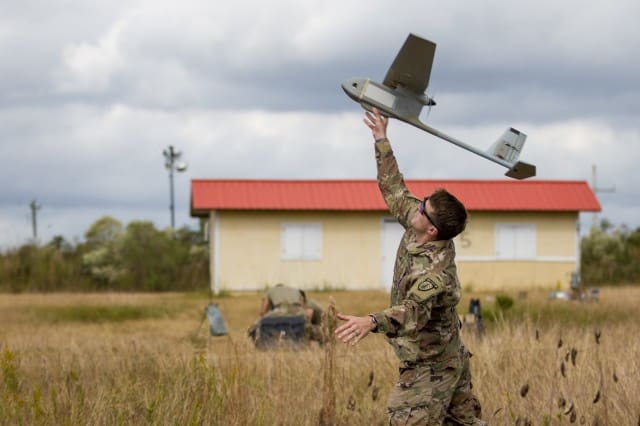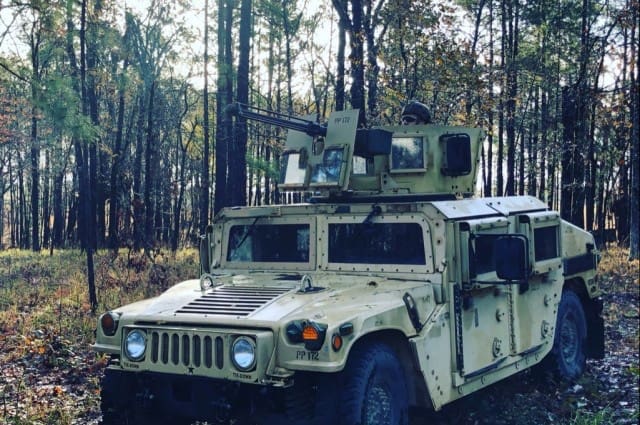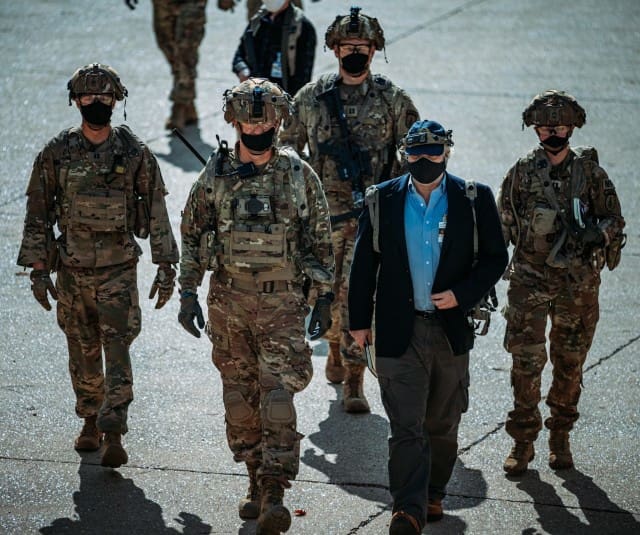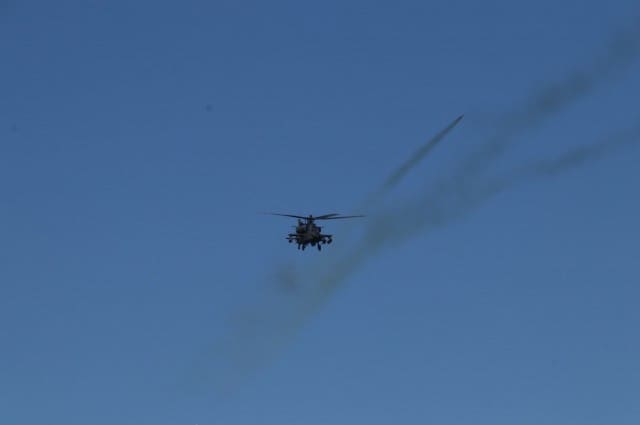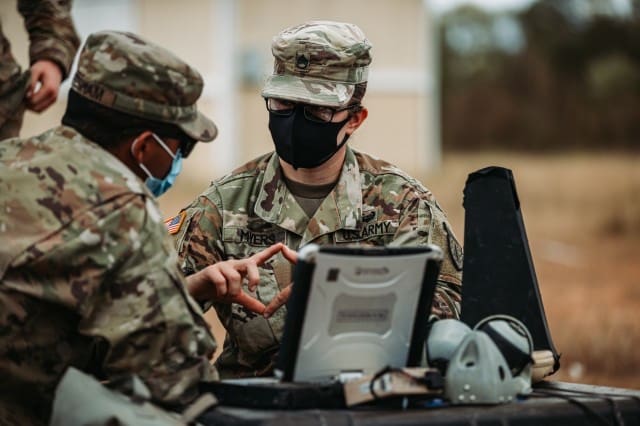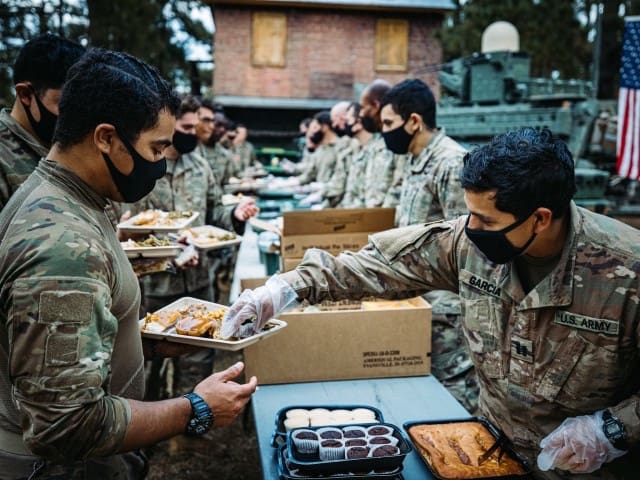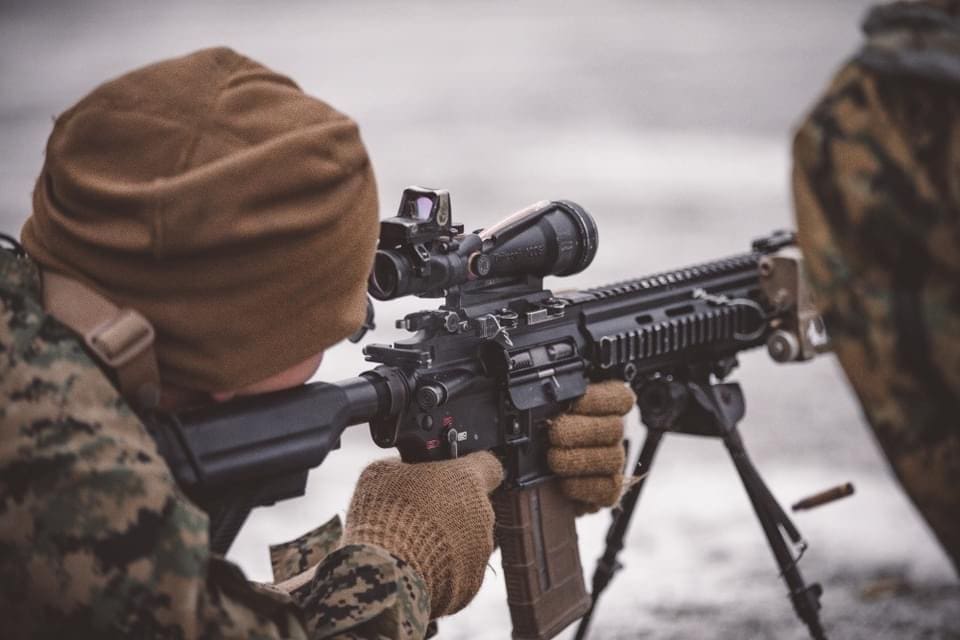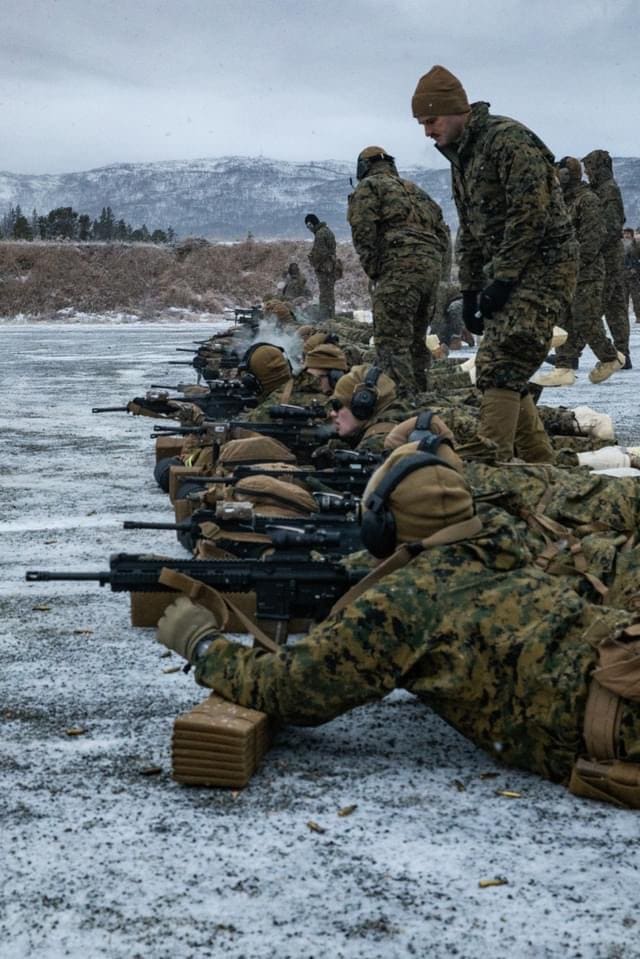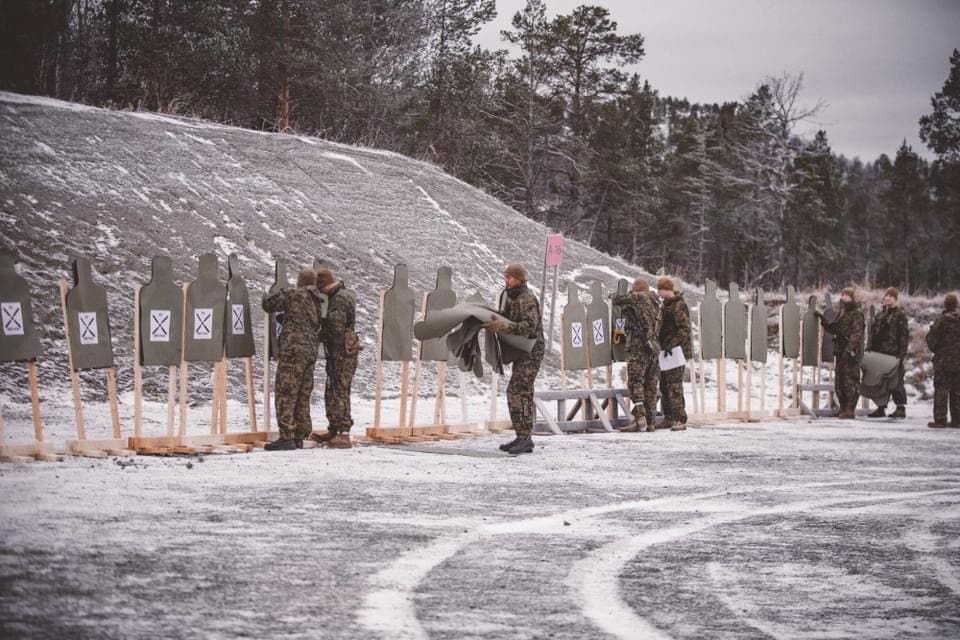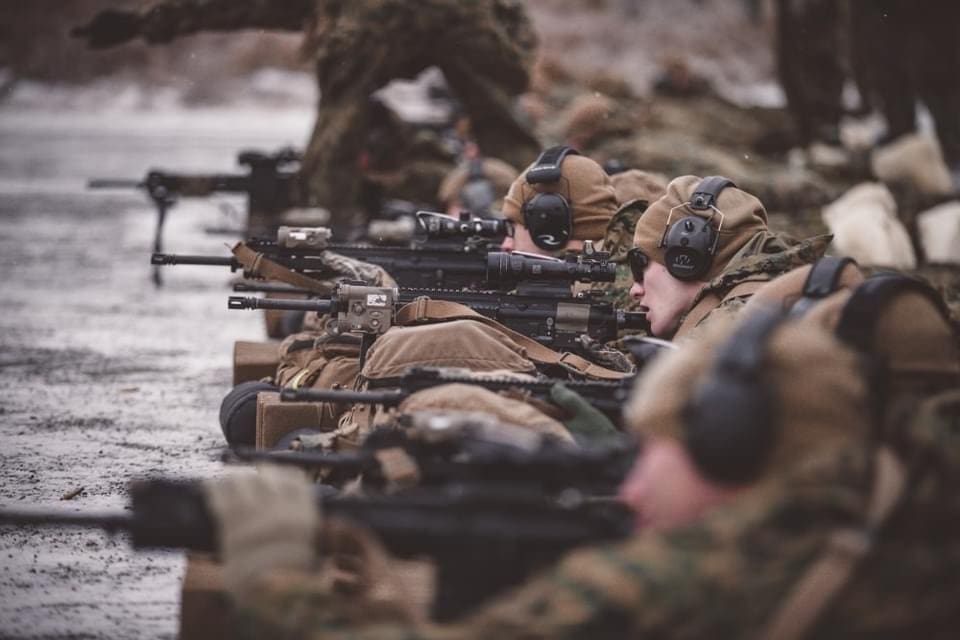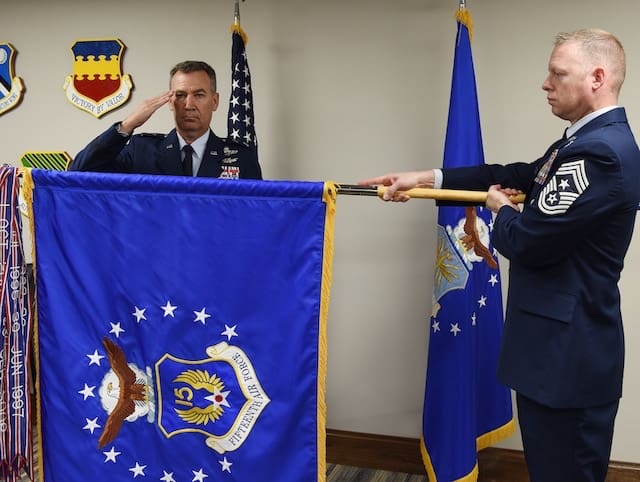HURLBURT FIELD, Fla-With global competition heating up, the need to maximize the agility of U.S. Air Force operational command and control has never been more pressing. Fortunately, the USAF’s Operational Command Training Program is a foundational piece of its current C2 training architecture.
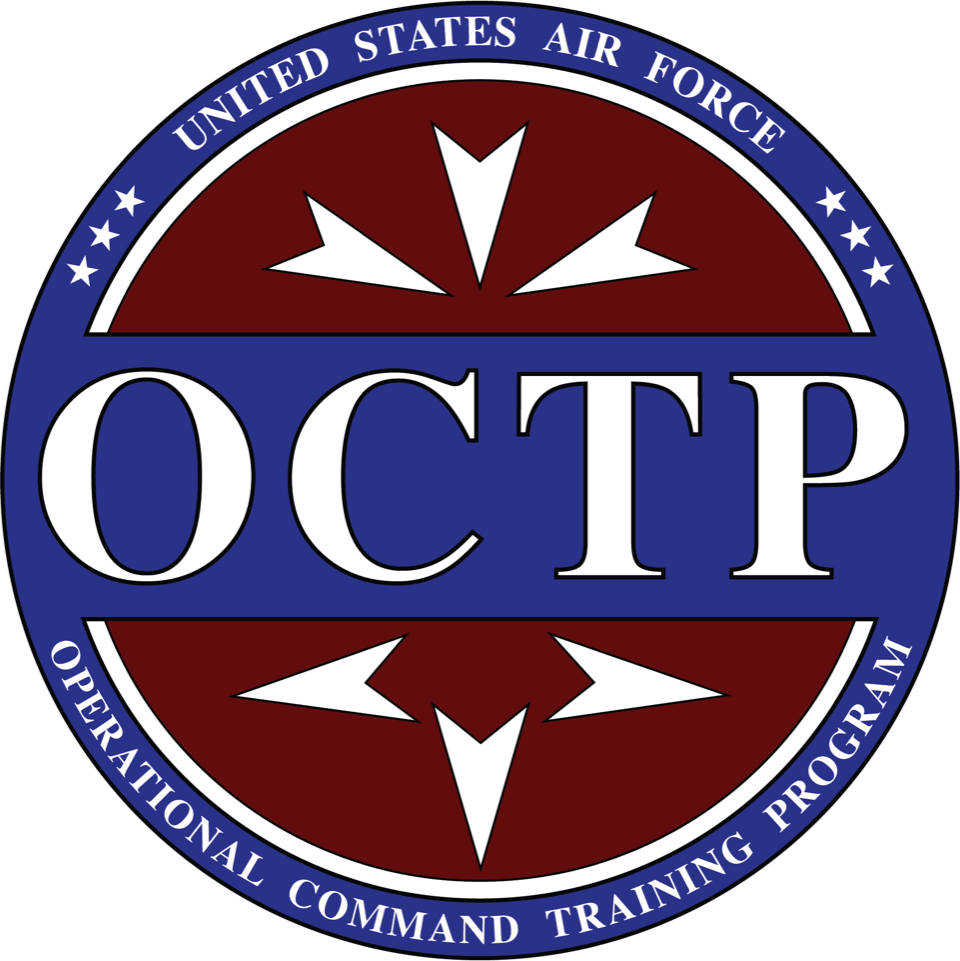
The OCTP team is a powerful tool designed to support every Air Component Command around the globe, yet too many operational level leaders are unfamiliar with the program and its value in optimizing mission success.
The OCTP team is made up of graduated C2 leaders who provide operational-level commanders with subject matter expertise, confidential peer-level advice, mentoring, training, and performance feedback. They’re not evaluators and the fact they’re not evaluators makes them a no-risk, candid resource for operational leaders.
“This team is plugged into AOCs and headquarter staffs around the world. They see what works, what doesn’t work, and they share those great ideas and lessons learned everywhere they go,” said Lt. Col. Kari Mott, 705th Training Squadron director of operations, Hurlburt Field, Florida.
Charter
Chartered in 2000 by the Chief of Staff of the Air Force, OCTP is the USAF’s senior operational-level C2 training program, operating under the 505th Command and Control Wing at Hurlburt Field, Florida, and consists of highly qualified expert-senior mentors and operational C2 observer trainers.
The majority of the senior mentors are retired general officers with experience as commanders of Air Force Forces, Joint Force Air Component Commanders, and Numbered Air Force Commanders. They support joint training exercises, USAF BLUE FLAG exercises, U.S. Army Warfighter exercises, as well as, advanced academics courses such as the JFACC course and senior-level Air Operations Center and staff courses.
The operational C2 observer trainers bring a wealth of experience in operations and planning from the O-6 perspective, as former AOC directors, AOC division chiefs, and/or AFFOR staff principals.
The number of observer trainers has varied over the years, but grew exponentially in 2018 as the USAF recognized a significant shortfall in C2 competency and expertise. As a result, Air Combat Command tripled the size of the cadre, allowing the senior advisor team to support the full spectrum of air component leadership requirements, to include supporting multiple overlapping events and other C2 development initiatives.
The current cadre of observer trainers include a mix of government civilians and contractors with extensive active duty and reserve experience in flying operations, logistics, intelligence, and non-kinetic operations, among other specialties. Their main focus is working with AOC and air component division leaders, but they also work at the team level and with directors of Mobility Forces, directors of Cyber Forces, and directors of Space Forces.
“Despite a small pool of candidates with the necessary experience and skillsets, we assembled an exceptional team of professionals,” said Mott.
But their expertise goes well beyond just working in the air components.
“The depth of our observer trainers is truly amazing,” said Robin Kimmelman, OCTP flight lead, 705th TRS. “Our team includes former operational commanders, weapons school, and School of Advanced Air and Space Studies graduates. They’ve worked as DIRMOBFORs, in Checkmate, on joint staffs, and at the Air Staff, and they all possess the been-there-done-that leadership experience in AOCs, headquarters staffs, and on joint task forces. In other words, in terms of operational command and control, if you name it, someone on our team has probably done it.”
The 705th TRS is responsible for administering the OCTP program, fully mixing the team into its overarching operational C2 training mission.
“Observer trainers provide knowledge and best practices honed across all AORs to help commanders and staffs improve their processes to meet emerging problem sets,” said Lt. Col. John Christianson, 705th TRS commander, Hurlburt Field, Florida.
Operational Exercises
On the road during exercises, senior mentors and observer trainers work closely together to support their training audience. Through daily meetings and other interactions, these subject matter experts are able to influence decisions across the air component to ensure the exercise participants are getting the most out of the exercise. If the participants are heading in the wrong direction, the team is there to help guide them back on course using their practical experience to drive learning, while passing personal lessons to help today’s leaders avoid past mistakes.
“What I enjoy most about my job is interacting one-on-one with a division chief during a short pause in the action to share a how I worked a situation similar to the scenario he faces…what worked and what blew up…it is always great to see that little nudge turn into a golden nugget that is forever learned by the training audience,” said William Murphey, operational C2 senior advisor for air mobility, 705th TRS.
The OCTP teams typically support exercises that include heavy AOC and AFFOR involvement, such as BLUE FLAG, Pacific Sentry, Austere Challenge, and Vigilant Shield, along with high-level training events in the Republic of Korea.
What’s Ahead
The OCTP team delivers much more than just exercise support. Throughout the pandemic, the OCTP team remains engaged through a myriad of other support activities, providing continued value to air components around the globe.
Some of these efforts included development and publication of handbooks for AOC commanders, battle staff directors, and division chiefs, with more forthcoming in 2021. The team also created dozens of pre-exercise academic lessons and presented multiple advanced academic lessons for operational C2 leaders, both virtually and in the classroom at Hurlburt Field, Florida.
“While we plan to expand these C2 initiatives, we hope that 2021 also allows us to go back out on the road and continue our work face-to-face with air component teams in the field,” said Christianson.
In the meantime, business continues to grow for the senior advisor team, as their expertise is specifically demanded in support of Joint All-Domain C2 events, Chennault, Doolittle, and Schriever Wargames, and agile combat employment development and exercises. This direct, high-level, interaction continues to ensure each senior advisor remains current and relevant in terms of on-going C2 challenges and emerging concept development. Pulling from their collaboration within these venues, observer trainers share the latest information and benchmark details with peer operational C2 leaders in the field.
OCTP Tri-fold
For more information about the OCTP observer trainers, contact the team at: 705TRS.DOA.OCTP@us.af.mil
Debbie Henley, 505th Command and Control Wing (ACC) Public Affairs


